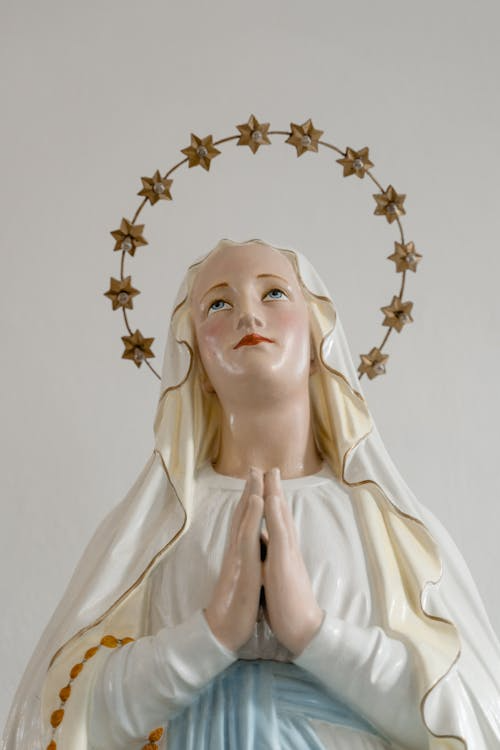
“Let it be done unto me according to your word.” And so, in but a few words, Mary of Nazareth became part of the history of salvation as the mother of Jesus and as a woman preserved in honor for centuries. But behind stock photos of serene Madonnas and sacred portraits, that woman was a woman of courage, of conviction, of intrigue.
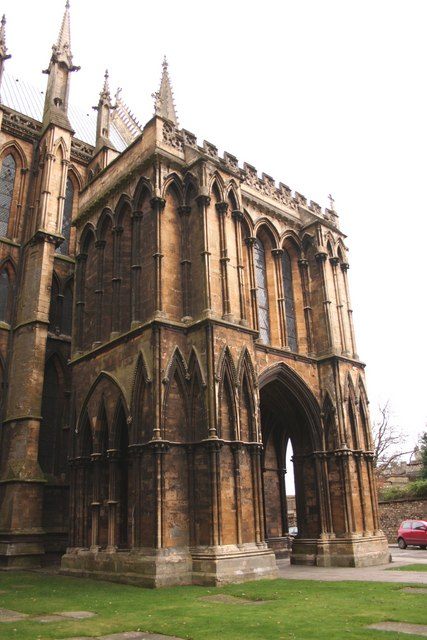
Mary’s life, where it meets Scripture, tradition, and theology of relationship, discloses more than devotional information per seethe truly human life shaped by culture, passionate religious living, and persistent questions. From peasant beginnings in Galilee to experience of primitive Church, from conflict about confession to mythic accounts of dying days, every phase of life deserves reexamination. These seven powerful announcements throw a brighter light upon ancient Mary, dispelling legend, as they do.
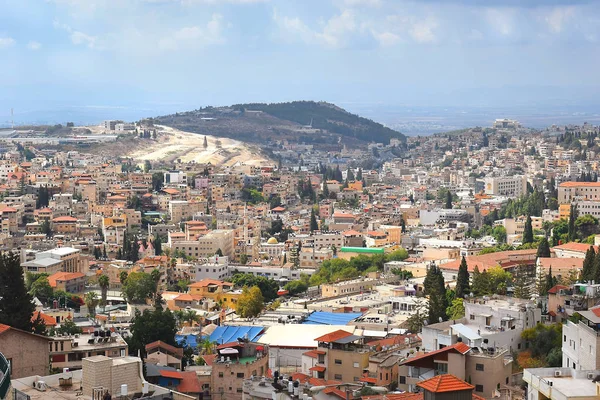
1. Lowly Birth at Nazareth
Mary conceived around 18 BCE, supposedly at Nazareth, small north Galilean town and maybe 1,600 subjects in Herod the Great’s kingdom. It was a tough life the peasants like Mary’s family paid triple taxes to Rome, to Herod, and to Temple. She was working class, where daughters married at 13, very young, and did home drudgery all day such as carrying water, gathering wood, and cooking. Far from gilded visions of medieval painting, she would likely have had dark-eyes, dark-hair, spoken Aramaic with a Galilean accent, and lived in a compound with her extended family, sharing resources as they shared living space.
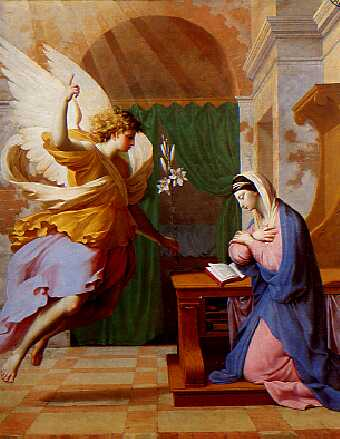
2. Annunciation and Response to God
The life of Mary was altered when she received a visit from the angel Gabriel, who told her that she would give birth to the Son of God. Her reply, “Be it done unto me according to your word,” was seen as determinative faithfull consent. This occurrence forms the foundation of Mariology, or Mary theology, that regards Mary’s obedience as a departure from Eve’s disobedience and thus renders Mary effectively the ‘New Eve. This was reaffirmed at the Council of Ephesus in 431 CE, which bestowed on her title of Theotokos, or “God-bearer,” as an expression of joy at holy mystery of bearing and nourishing divine life within the womb.
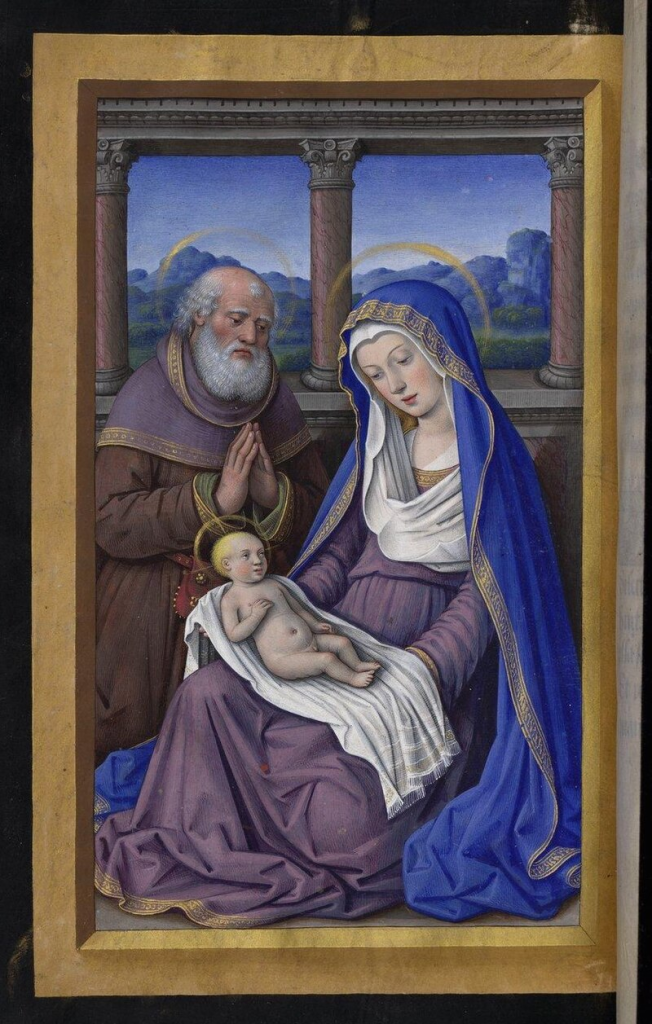
3. Motherhood In Perilous Times
Mary instructed Jesus through politically turbulent, economically troubled times. Joseph’s carpentry wages would have had to supplement farm labor to get by. The Holy Family must have also had other sons Joseph, James, Jude, Simon and daughters she could not name. Everyday life was hard manual labor, yet she was steadfast in faith, present with Jesus in ministry as she was at the foot of the Cross, in deep grief.
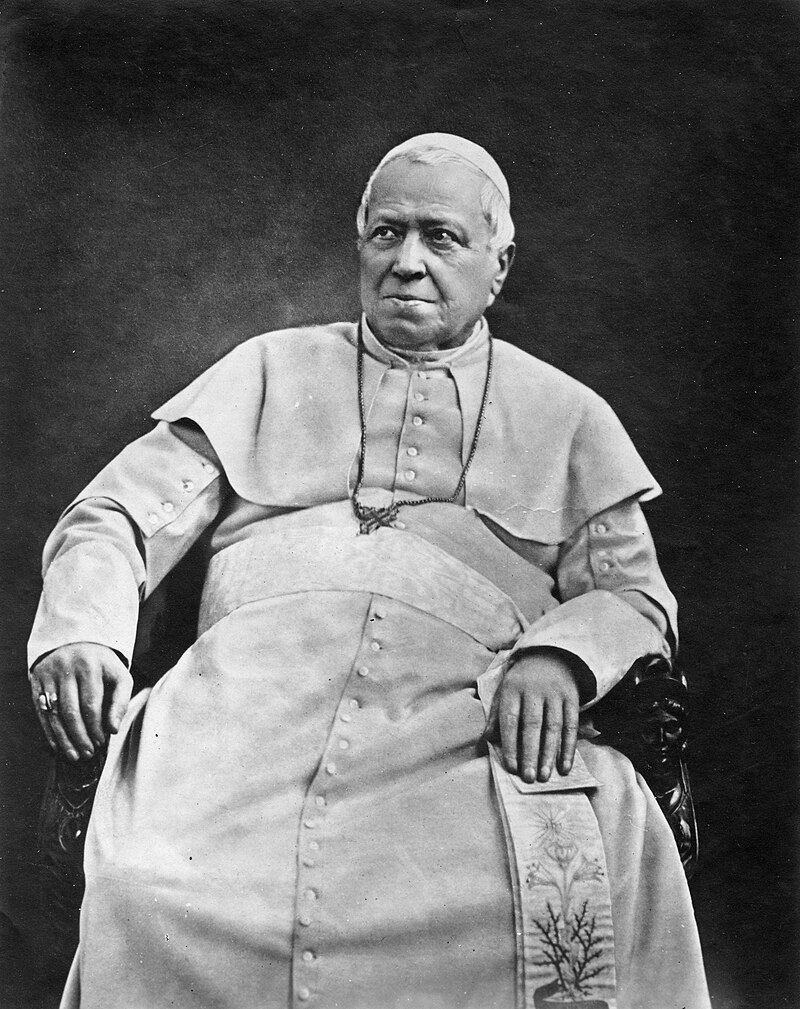
4. Arguing for Immaculate Conception
The Roman Catholic doctrine of the Immaculate Conception, declared in 1854 by Pope Pius IX, is that Mary remained free from original sin when she first existed. Its critics cite Luke 1: 47, where she refers to God as her “Savior,” as showing that she was a part of man’s need of redemption. Its defenders, including Bl. John Henry Newman, note that this saving was a gratuitous grace making her worthy to be Mother of God. According to one theologian, she was saved “not by cure but by prevention,” a divine mercy appropriate for such a special calling.
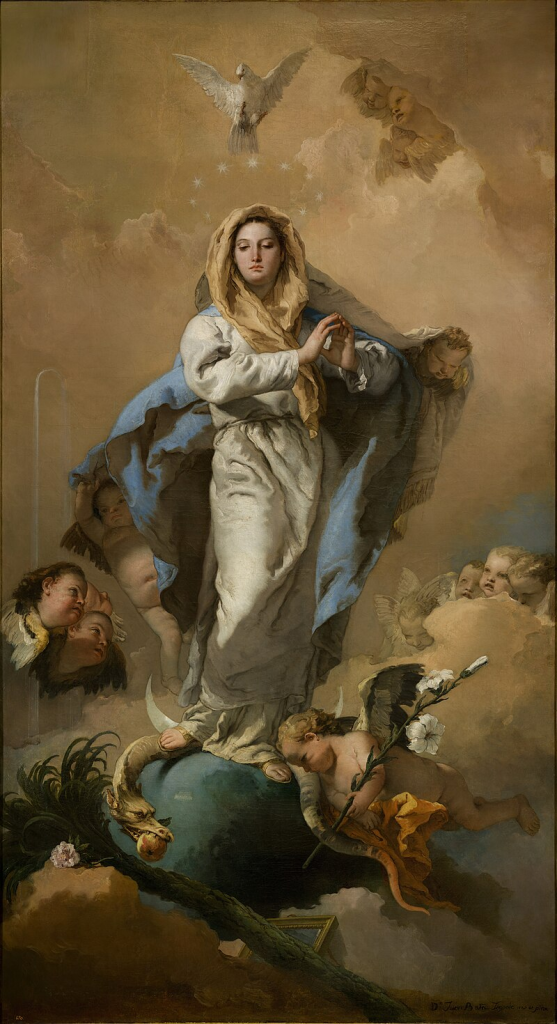
5. Roles and Titles of Motherhood
Mary’s calling extends beyond that of a biological mother. She was thus acclaimed in Catholic, Orthodox, Anglican, and Lutheran traditions as Mother of God, Intercessor, Helper, Benefactress, and Mediatrix. Mary as Co-Redemptrix, a fifth contentious Marian dogma, but still in good health for controversy, but the advocates refer to her close participation in Christ’s redemptive work. Early Fathers such as St. Irenaeus considered her obedience as co-participating with man in his salvation as liturgical texts attest to its continued intercession on behalf of Christians.
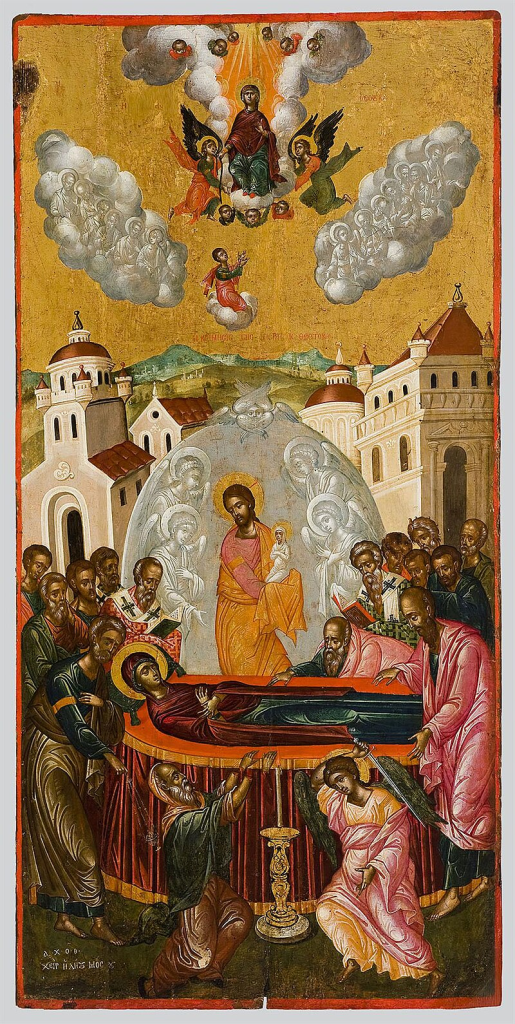
6. Dormition and Assumption Traditions
The last days of Mary are not documented. Eastern Orthodox theology relates her Dormition dying in sleep after which she was resurrected and taken into heaven. Colorful traditions speak of apostles from the farthest corners of the earth, apparitions of angels, and being translated bodily to paradise. The West’s Assumption doctrine speaks of her being bodily and soul assumed into God’s glory but maybe dying. Both think she had a favored share in Christ’s victory over death, so she is a fore-type of coming believers.
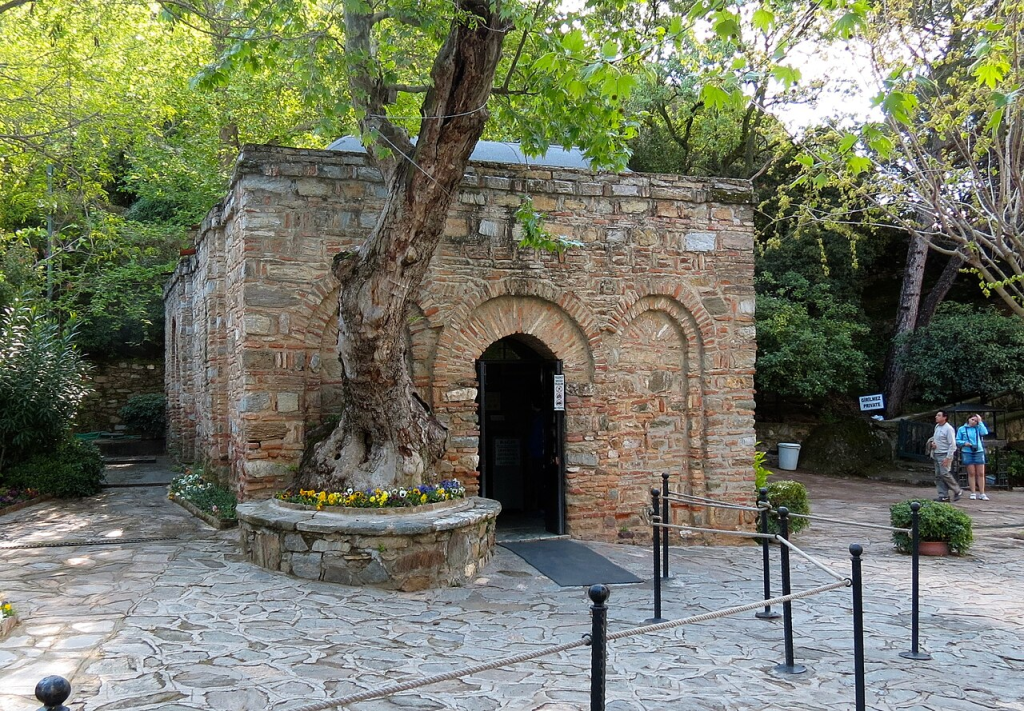
7. Mary’s Lasting Presence
Starting from Pentecost, Mary is absent from the Bible but thrives in tradition. Her post-Pentecost life is located by some traditions in Jerusalem; others instruct her to have resided with John, the apostle, in Ephesus. Shrines such as the House of the Virgin Mary at Ephesus, legitimized by Pope Leo XIII in 1896, receive pilgrims who submit written petitions for her intercessions. Liturgical hymnody maintains that she “did not leave the world” but is Mother of Life, still interceding and an unshaken faith for the believers.
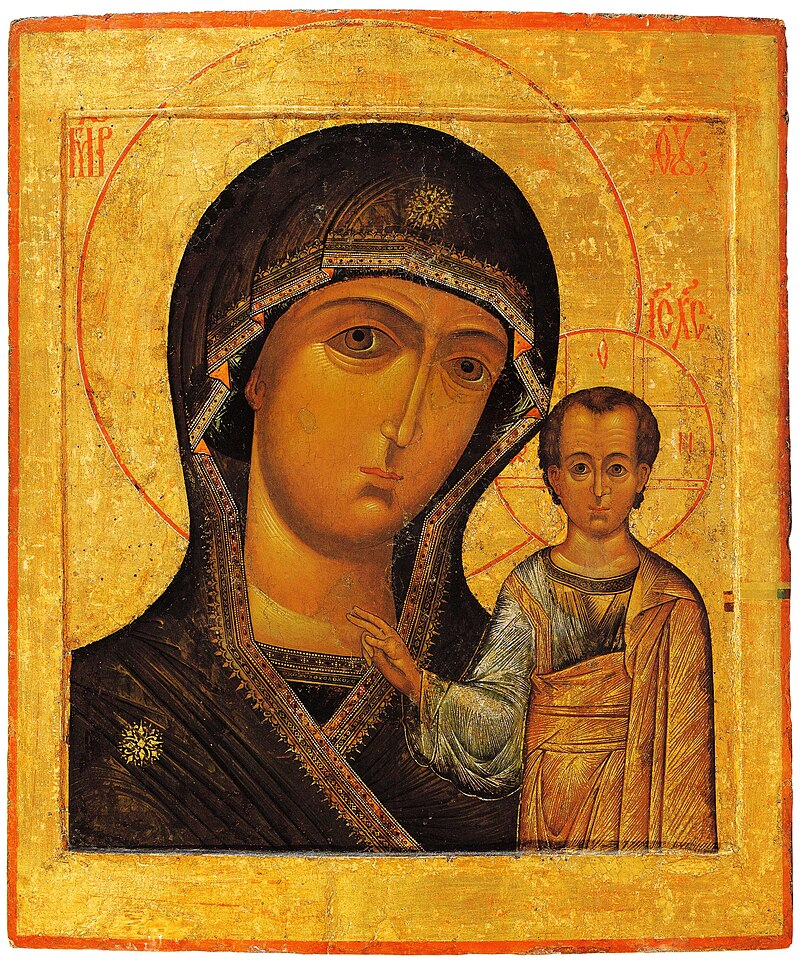
Mary’s life bridges the human and the divine, experiencing the struggles of the first century woman in Judaism and also its special grace to be Theotokos. Her tale, richly infused with history and theology, reveals itself to even greater piety not as a remote figure on a pedestal, but as an ardent believer whose faith, guts, and love still move across the generations.


